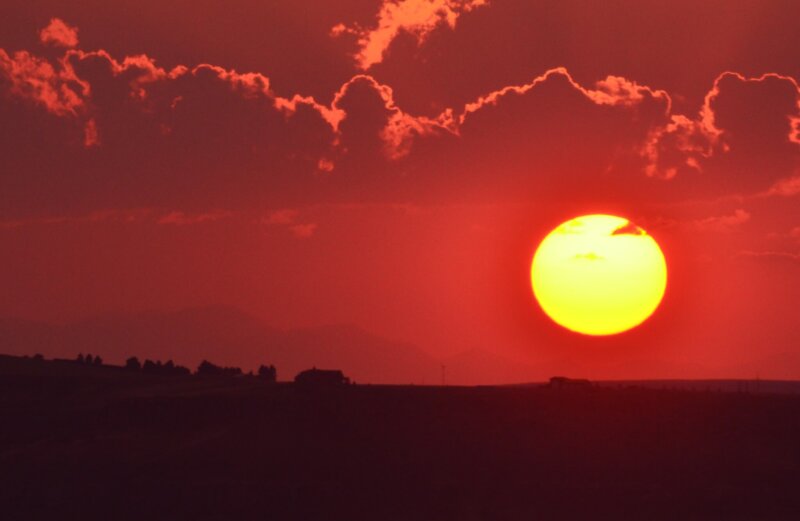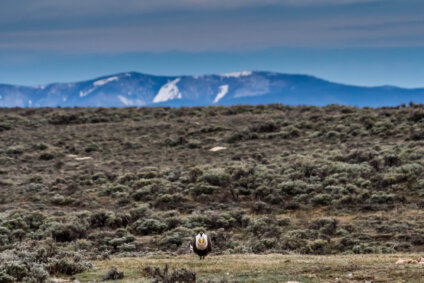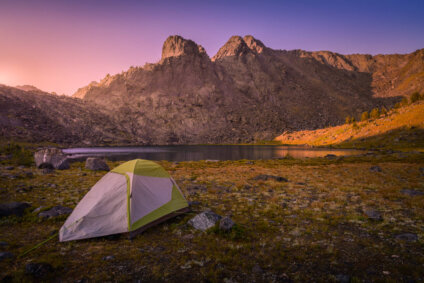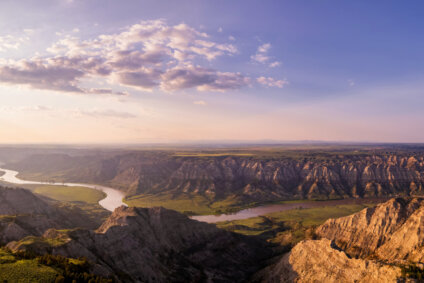It’s Time for a Major Shift in How We Address Wildfires
No matter how much we try to make our forests more resilient to wildfires, our communities will still be at grave risk if we don’t make them more resilient as well

After enduring long winters and blustery springs, Montanans covet our summers and relish the long days we get to spend on public lands, especially in the higher elevations. But the arrival of summer also means bracing for fire season, and the smoky skies and evacuation orders that often come with it.
Though fire plays an important ecological role in our forests, the types of fires we’re having in recent years are more intense than ever, with fire seasons lasting longer than ever as well. The intensity of fires and the long-lasting fire season are no doubt a result of both climate change and a century of fire suppression that has allowed excess fuels to build up in our forests. At the same time, development in western communities is booming, with much of it happening in high-risk fire areas, including along the wildland-urban interface.
All of these factors have set the conditions for catastrophic wildfire events that can devastate communities, upend people’s lives, and cost taxpayers billions.
The need for fire preparedness is growing in proportion with the surge in development along the wildland-urban interface, especially in Montana, where the number of new homes in areas of moderate-to-high wildfire risk doubled between 1990 and 2020. In the last 15 years, more than 1,400 of those structures have been lost to wildfires, and hundreds of first responders have risked their lives trying to save them. Currently there are 16,700 homes in high wildfire risk areas and 100,000 homes in moderate risk areas.
Many politicians are quick to argue that we can solve the wildfire crisis by increasing the pace and scale of logging projects and rolling back environmental safeguards. This idea that we can simply log our way out of this mammoth problem is, however, more fantasy than solution.
Prioritizing, planning, and implementing vegetation treatments and prescribed fires can help make our ecosystems more fire resilient. Thanks to the Infrastructure Investment and Jobs Act of 2021 and the Inflation Reduction Act of 2022, Congress has allocated more than $7 billion to the U.S. Forest Service, Bureau of Land Management, and other federal agencies to do more wildfire resilience work on our public lands.
But fire reduction and suppression on our public lands alone cannot keep communities safe. We need to develop a plan for making our communities resilient to wildfires as well. Headwaters Economics recently released a report that shows how it can be done, and it begins with making smart investments in fire preparedness.
The staggering costs and unhelpful state laws
From 2016 to 2020, average federal spending on fire suppression averaged $2.5 billion per year. Federal managers estimate that anywhere between 50 and 95% of these suppression costs were directly related to protecting homes. This doesn’t take into account how much taxpayer money is spent on helping communities rebuild.
The need for more cost-mitigating investments (in efforts such as home hardening) and for fire-safe land-use planning has become increasingly obvious as the rate of growth in suppression costs have reached previously unthinkable levels.
Several years ago, the Montana Department of Labor and Industry (DLI) adopted portions of the International Wildland-Urban Interface Code, a model code intended to supplement state or local building and fire codes. The IWUIC model language establishes a set of baseline regulations to safeguard life and property from fires that move from wildlands into populated areas. But when DLI adopted the model code, it amended some pretty significant provisions that resulted in Montana having a watered-down WUI code. Namely, DLI’s adoption removed the section of the IWUIC code that included maintenance requirements, road standards, and water supply standards.
DLI has made it optional for local jurisdictions to adopt and implement the amended code, and won’t allow jurisdictions to implement a code more stringent than that. A handful of municipalities have adopted the modified code, but no Montana county has done so.
It’s clear the state needs a baseline, mandatory WUI code.
Montana state law also prohibits municipalities and counties from requiring developers to use resilient construction techniques or other wildfire mitigation measures when building new subdivisions in areas that are considered at high risk for wildfires. Moreover, state law prohibits local governments from denying approval of proposed subdivisions based on their location along the wildland-urban interface.
All of these state laws are, in effect, denying local communities the tools they need to protect lives and property from increasing wildfire risk.
These laws make little sense from even a financial and economic standpoint, as the Headwaters report makes clear. The report found that building to wildfire safety standards does not cost any more than not building to those standards. Over the long term, however, building to wildfire standards ends up saving communities money. A study by the National Institute of Building Sciences determined that for every $1 spent meeting stricter building codes in the wildland-urban interface communities would save $2 on existing building and $4 on new buildings.
Establishing a statewide building code in the wildland-urban interface and modifying the subdivision review process could help direct new home development toward areas of lower risk, ensure buildings are constructed with wildfire in mind, keep home insurance rates affordable, and contribute to the development of road and water infrastructure that would help keep residents and first responders safe.
Wild Montana is committed to advancing these commonsense solutions that protect our homes, communities, and wildlands in the face of climate change. The time is now for Montana to adapt to the realities of living with fire.
Stay Connected
"(Required)" indicates required fields


